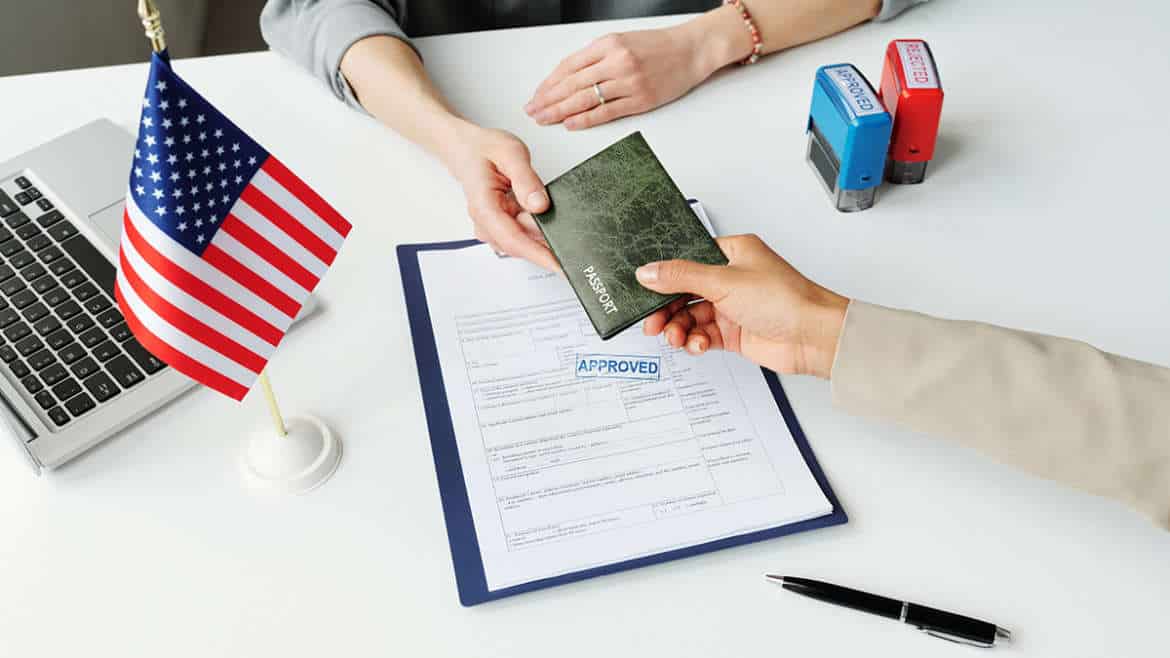How to Apply for Indefinite Leave to Remain in the UK: A Comprehensive Guide
Indefinite Leave to Remain (ILR) is a crucial milestone for individuals who aspire to settle permanently in the United Kingdom. It allows holders to live, work, and study in the UK without restrictions, paving the way to British citizenship if desired. If you’re planning to apply for Indefinite Leave to Remain, this guide will provide the essential information and steps to navigate the process successfully.
What is Indefinite Leave to Remain (ILR)?
Indefinite Leave to Remain is a type of immigration status granted to eligible individuals who meet specific residency and legal requirements. Once you obtain ILR, you are free from immigration control, meaning you can stay in the UK indefinitely. However, ILR status can be lost if you spend extended periods outside the UK, so it’s essential to stay informed about its conditions.
Eligibility Requirements
Before you apply for Indefinite Leave to Remain, ensure that you meet the following criteria:
- Residency Requirements:
- Typically, applicants must have lived in the UK for a minimum qualifying period. This can range from 2 to 10 years, depending on your visa category.
- Common visa routes leading to ILR include Skilled Worker, Spouse, Innovator, or Long Residence.
- You should not have exceeded the allowable number of absences during your qualifying period.
- Knowledge of Life in the UK:
- You must pass the Life in the UK Test, which evaluates your understanding of British culture, history, and laws.
- Proficiency in English is also required, demonstrated through an approved test unless you’re exempt.
- Good Character:
- Applicants must not have a criminal record or immigration violations. Adherence to UK laws is essential for approval.
- Financial Stability:
- Some visa categories require proof of financial self-sufficiency. Ensure you meet the income thresholds or maintenance requirements.
- Dependents:
- If applying with family members, their eligibility must align with your application. Spouses and children may require additional documentation.
Step-by-Step Guide to Applying for ILR
Step 1: Check Your Eligibility
Before proceeding, verify that you meet all residency, language, and financial requirements. Understanding your specific visa route and its path to ILR is vital to avoid complications.
Step 2: Gather Documentation
Prepare the necessary documents, which typically include:
- Passport and biometric residence permit (BRP).
- Evidence of residency (e.g., tenancy agreements, utility bills).
- Proof of income or employment (e.g., payslips, bank statements).
- Life in the UK Test certificate.
- English language proficiency test results.
- Criminal record certificates (if required).
Step 3: Submit Your Application
The application process for ILR is primarily online. Visit the UK Visas and Immigration (UKVI) website to complete the application form specific to your visa route. Pay attention to:
- Accuracy: Double-check all details before submission.
- Fees: The standard ILR application fee is substantial, so ensure you budget accordingly. Additional costs may apply for dependents.
Step 4: Biometric Appointment
You’ll be required to attend a biometric appointment at a UK Visa and Citizenship Application Services (UKVCAS) center. During the appointment, your fingerprints, photograph, and signature will be recorded.
Step 5: Wait for a Decision
The processing time for ILR applications can vary depending on the complexity of your case and the visa route. While standard processing typically takes six months, priority and super-priority services are available for faster decisions.
Tips for a Successful Application
- Start Early: Preparing your application well in advance reduces the risk of missing deadlines or important documents.
- Seek Legal Advice: If your case is complex, consulting an immigration expert can help navigate potential challenges.
- Keep Records: Maintain organized records of your stay, employment, and any correspondence with UKVI.
- Avoid Travel During Processing: Avoid international travel until you receive confirmation, as your passport will be required during the application period.
Benefits of Indefinite Leave to Remain
Obtaining ILR offers numerous advantages, including:
- Permanent residency rights in the UK.
- Eligibility for certain public funds and benefits.
- Freedom to work or start a business without restrictions.
- Ability to sponsor family members to join you in the UK.
- A pathway to British citizenship after 12 months of ILR.
What Happens After Approval?
Once approved, you’ll receive an updated Biometric Residence Permit (BRP) confirming your ILR status. Ensure you keep this document safe, as it’s required for proving your immigration status.
Challenges to Avoid
- Expired Documents: Ensure all your passports and permits are valid at the time of application.
- Excessive Absences: Time spent outside the UK should not exceed the allowable limits for your visa category.
- Incomplete Applications: Missing documentation or inaccurate information can lead to delays or rejections.
Final Thoughts
The decision to apply for Indefinite Leave to Remain is a significant step toward long-term stability in the UK. By thoroughly understanding the requirements and preparing meticulously, you can enhance your chances of success. Whether you’re applying independently or seeking professional assistance, staying informed and organized is key to achieving ILR.
For the latest updates and guidance, always refer to the official UKVI website or seek advice from certified immigration advisors.














Post Comment